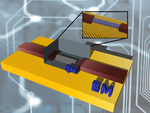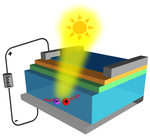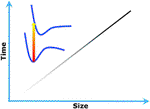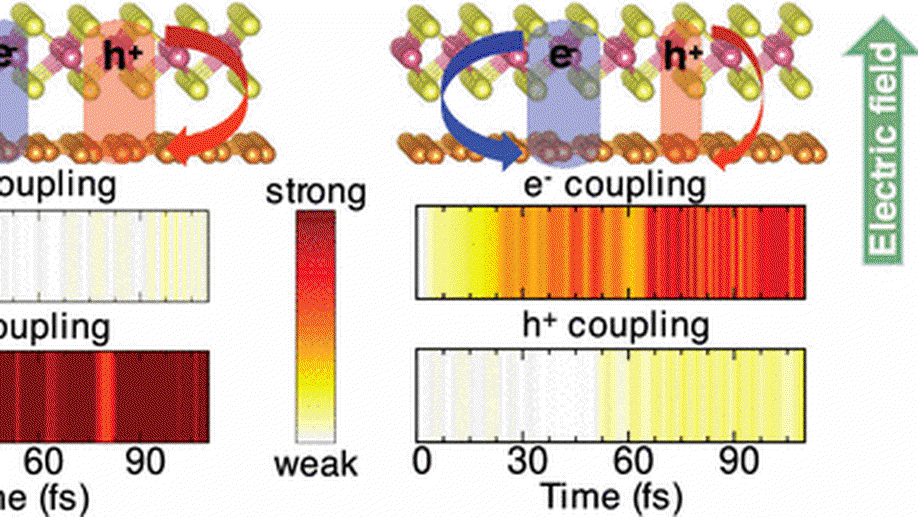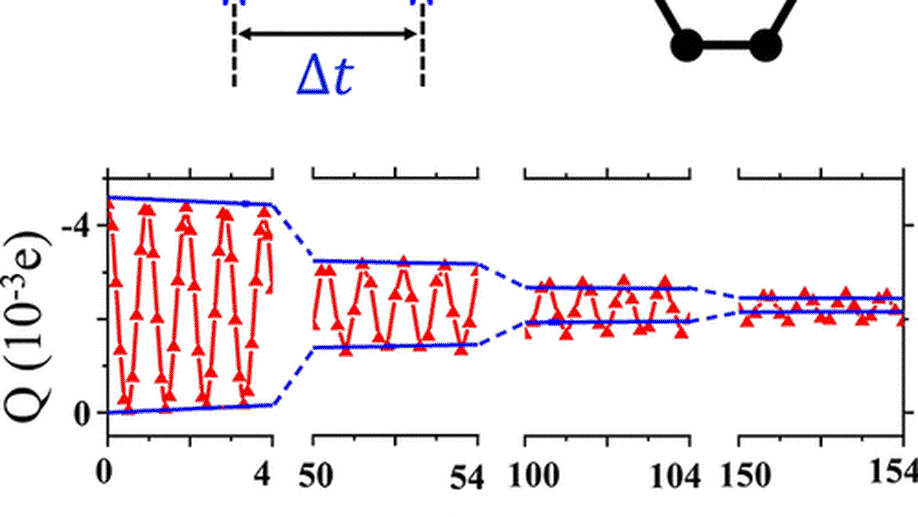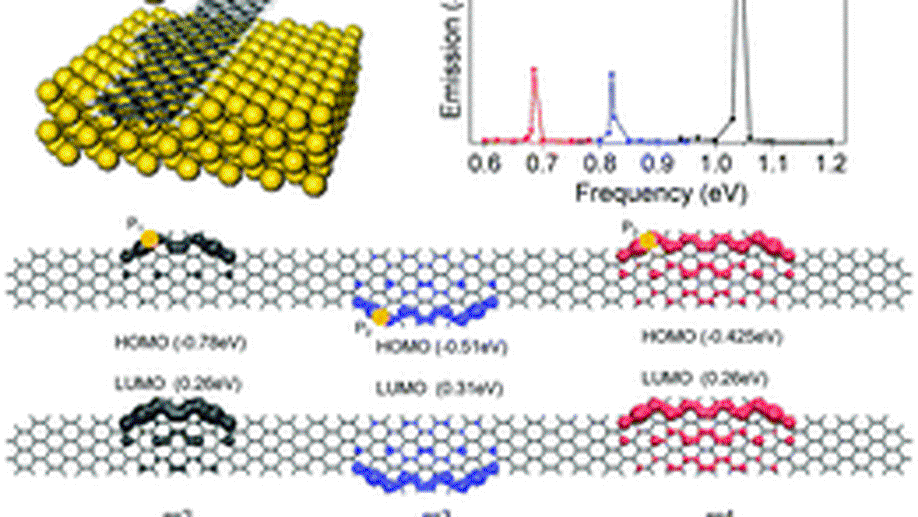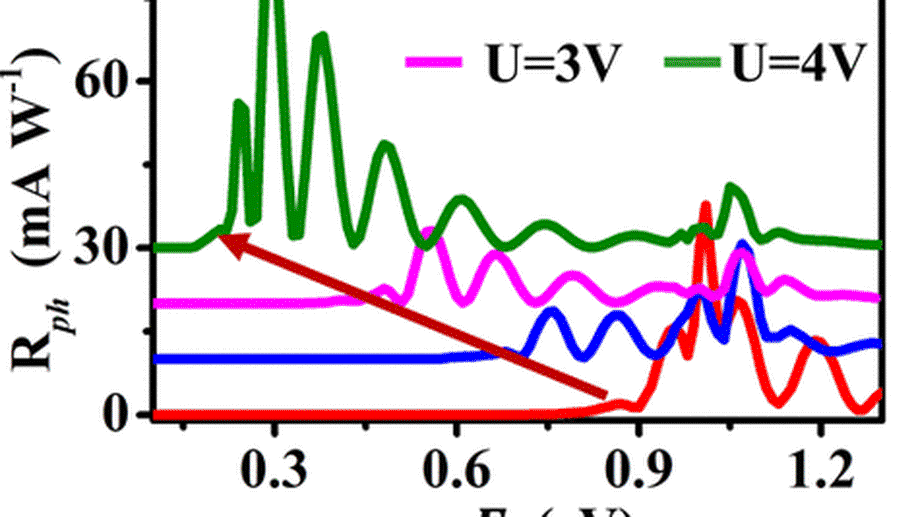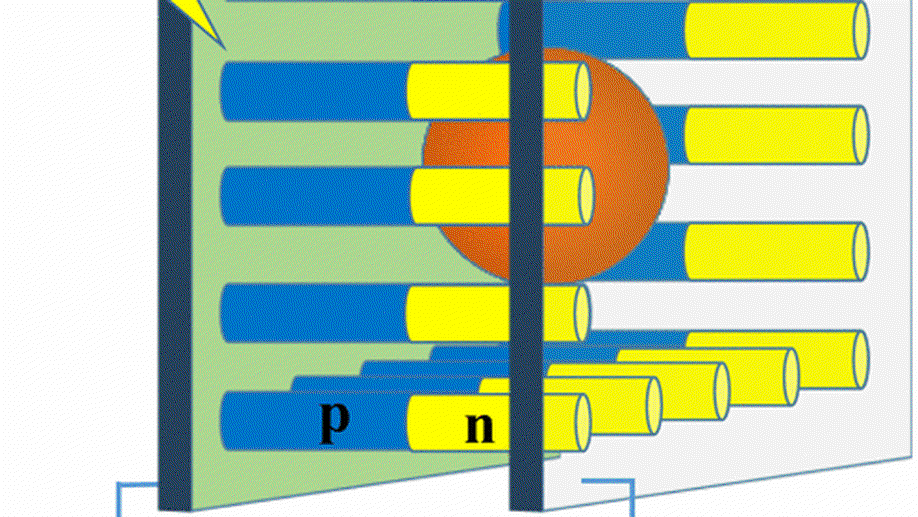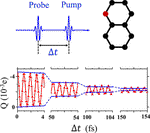Chi-Yung YAM
Associate Professor
Beijing Computational Science Research Center
Shenzhen JL Computational Science And Applied Research Institute
Biography
ChiYung Yam received his B.Sc. (1999) and Ph.D. (2004) from The University of Hong Kong. After postdoctoral training in The University of Hong Kong and University of Bremen, he joined Beijing Computational Science Research Center in 2013 as an Assistant Professor. In 2013, he received the Young Thousand Talent and NSFC Excellent Young Researcher Award. Currently, he is an Associate Professor at Beijing Computational Science Research Center.
Interests
- Developing linear-scaling quantum mechanical methods
- Multi-scale modeling method for device simulations
- Optoelectronic device simulations
Education
-
PhD in Chemistry, 2004
The University of Hong Kong
-
BSc in Chemistry, 2000
The University of Hong Kong
